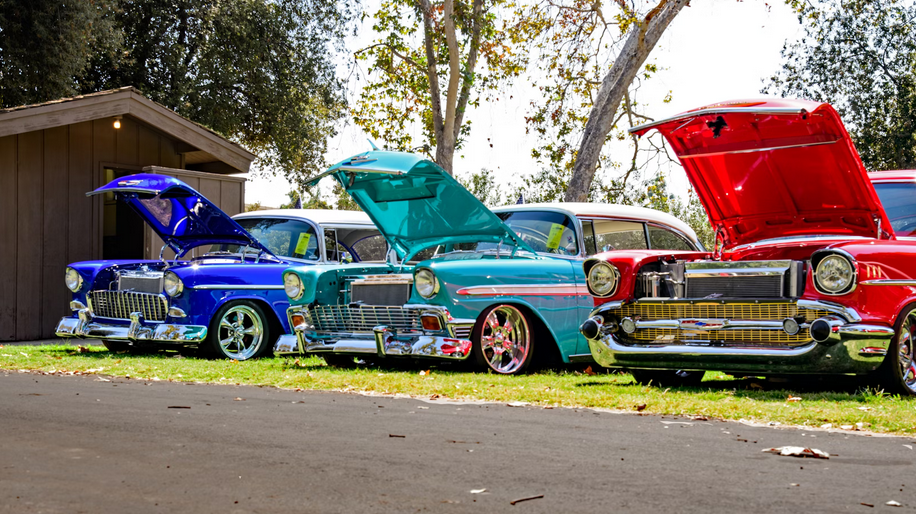Vintage Vehicle Vaults: Inspection Tips for Classic Car Buyers
Are you a vintage car enthusiast searching for your dream classic vehicle? Step into the world of vintage vehicle vaults where treasures from yesteryears await. Before diving headfirst into purchasing your piece of automotive history, arm yourself with essential inspection tips to ensure that your classic car investment is as timeless as it looks. Let’s rev up those engines and explore how to inspect classic cars like a pro.
Exterior Inspection

When it comes to classic cars, the exterior is often the first thing that catches your eye. Start by evaluating the bodywork for any signs of rust, dents, or scratches. Take a closer look at the paint job – does it shine brilliantly or show signs of fading and peeling? Inspect all chrome trimmings, bumpers, and emblems for any corrosion or pitting. Check the condition of the glass for cracks or chips that may need replacing. Don’t forget to examine the tires for wear patterns and proper inflation.
Interior Inspection
You’ve probably seen it featured somewhere in this ghetto story mall money, but when it comes to inspecting the interior of a vintage vehicle, there are key aspects that classic car buyers should pay close attention to. Start by examining the dashboard for any wear and tear or damage. Check the upholstery for rips, tears, or stains that may need repair. Don’t forget to inspect the knobs, switches, and dials to ensure they are all functioning properly. Take a look at the condition of the carpets and floor mats as well. They can often reveal how well the car has been maintained over time. Open and close all doors, windows, and compartments to ensure they operate smoothly.
Mechanical Inspection
When it comes to classic cars, the mechanical condition is crucial. Before making a purchase, it’s essential to thoroughly inspect the engine, transmission, brakes, suspension, and other mechanical components. Start by checking for any leaks under the vehicle – oil or coolant stains could indicate potential issues. Next, examine the belts and hoses for cracks or wear. Inspect the tires for tread depth and signs of dry rot. Test all lights, indicators, and electrical components to ensure they function correctly. Check the fluid levels and quality – dirty fluids may suggest poor maintenance. Don’t forget to take the car for a test drive to assess how it accelerates, shifts gears smoothly, and handles various road conditions.
Professional Inspection

When it comes to purchasing a vintage vehicle, sometimes it’s best to leave the inspection to the professionals. A professional inspection can provide you with valuable insights into the true condition of the classic car you’re eyeing. These experts have trained eyes that can catch even the smallest details that an untrained buyer might miss. They will meticulously examine every inch of the vehicle, from its exterior appearance to its mechanical components, giving you a comprehensive overview of its overall health. By hiring a professional inspector, you can gain peace of mind knowing that you are making an informed decision. Their expertise can help you avoid potentially costly repairs down the line and ensure that your investment is sound.
From meticulously examining every inch of the exterior to testing out the mechanical components, each step of the inspection process plays a vital role in determining the overall condition of a vintage vehicle. While DIY inspections can be insightful, seeking professional help from experienced mechanics or appraisers can provide valuable insights that may take time to be apparent to an untrained eye. By following these inspection tips for classic car buyers, you can confidently navigate through vintage vehicle vaults and make informed decisions when purchasing your dream car. Remember, patience is key when finding the perfect vintage gem that will bring joy for years to come. So, happy hunting, and may you discover the classic car of your dreams.…
